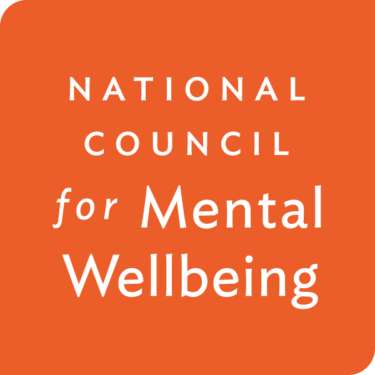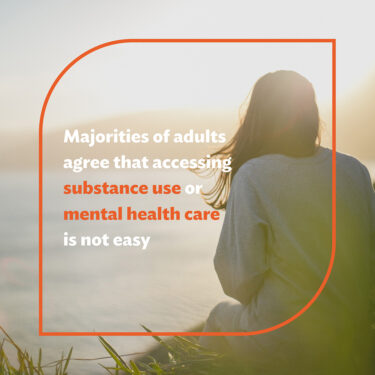Maintaining Connection: Strategies to Manage a Virtual Harm Reduction Workplace
In 2021, it is estimated that more than 107,000 people died of a drug overdose, the highest number of annual overdose deaths ever recorded in the United States. Synthetic opioids, such as illicit fentanyl, contributed to most overdose deaths; however, in recent years, stimulant and alcohol involved overdose deaths have also risen at alarming rates. These trends have had an immeasurable impact on harm reduction organizations that serve people who use drugs (PWUD). Harm reduction organizations have been stretched to serve greater numbers of participants, while staffed by employees and volunteers who are often personally impacted by the overdose crisis.
Concurrently, the COVID-19 pandemic disrupted and profoundly altered the ways in which organizations operate. Harm reduction organizations reacted quickly and effectively by changing staffing models and adjusting services to keep staff, volunteers and participants safe. What has become clear since the initial days of the pandemic, however, is that these adjustments have had an unintended negative impact on morale and connectivity of harm reduction personnel. While some resources have emerged in the last two years to address improvements in telework, none specifically address the unique needs of harm reduction, where human connection is key. This guide aims to support harm reduction organizations operating in virtual environments and summarizes some of the strategies that harm reduction organizations have developed and found to be effective at maintaining connection while doing harm reduction work virtually.



